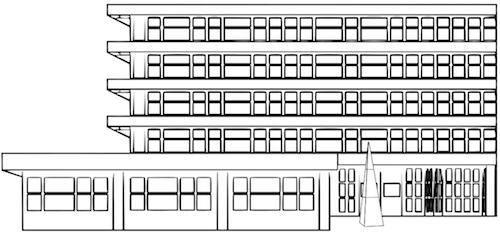Startseite
Herzlich Willkommen!
Dies ist die offizielle Website des Instituts für Biochemie der Friedrich-Alexander-Universität Erlangen-Nürnberg.
Das Institut gehört der Medizinischen Fakultät der FAU an und ist Teil des Emil-Fischer-Zentrums.

Seit 1978 ist das Institut für Biochemie (bis 1985 Institut für Physiologische Chemie) in der Fahrstraße Sitz zweier Lehrstühle und zahlreicher Arbeitsgruppen.
Forschungsschwerpunkte des Instituts liegen im Bereich der Neurowissenschaften und Onkologie mit Fokus auf molekulargenetischen, biochemischen und bioinformatischen Grundlagen. Lehrende des Instituts sind in der Ausbildung der Studenten der Medizin, Zahnmedizin, Pharmazie, Medizintechnik und Molekularen Medizin vielfältig engagiert.
Das Institut für Biochemie bildet zusammen mit dem Institut für Experimentelle und Klinische Pharmakologie und Toxikologie der Medizinischen Fakultät sowie den Lehrstühlen und Professuren für Pharmazeutische Chemie und für Lebensmitttelchemie des Instituts für Chemie der Naturwissenschaftlichen Fakultät das Emil-Fischer-Zentrum (EFZ).

